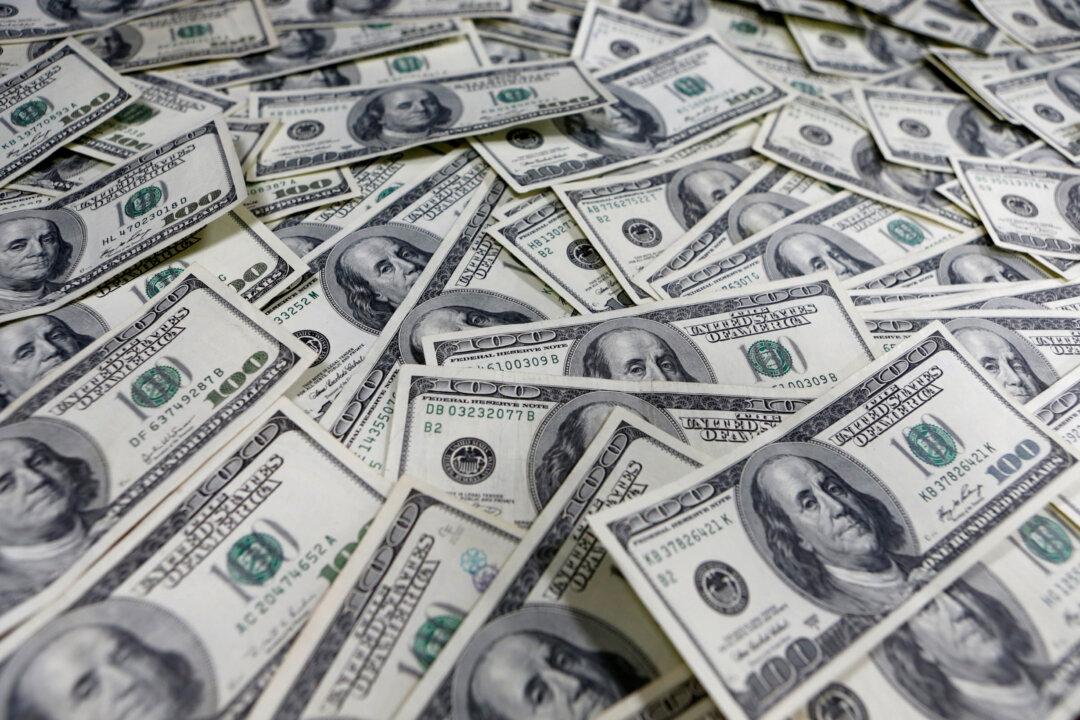LONDON—The dollar hovered near a 10-week high on Oct. 26, as investors waited to see if U.S. economic growth figures do anything to interrupt its months of strength.
Traders expect a potentially strong reading of U.S. gross domestic product data on Friday which could see the dollar climb further.





